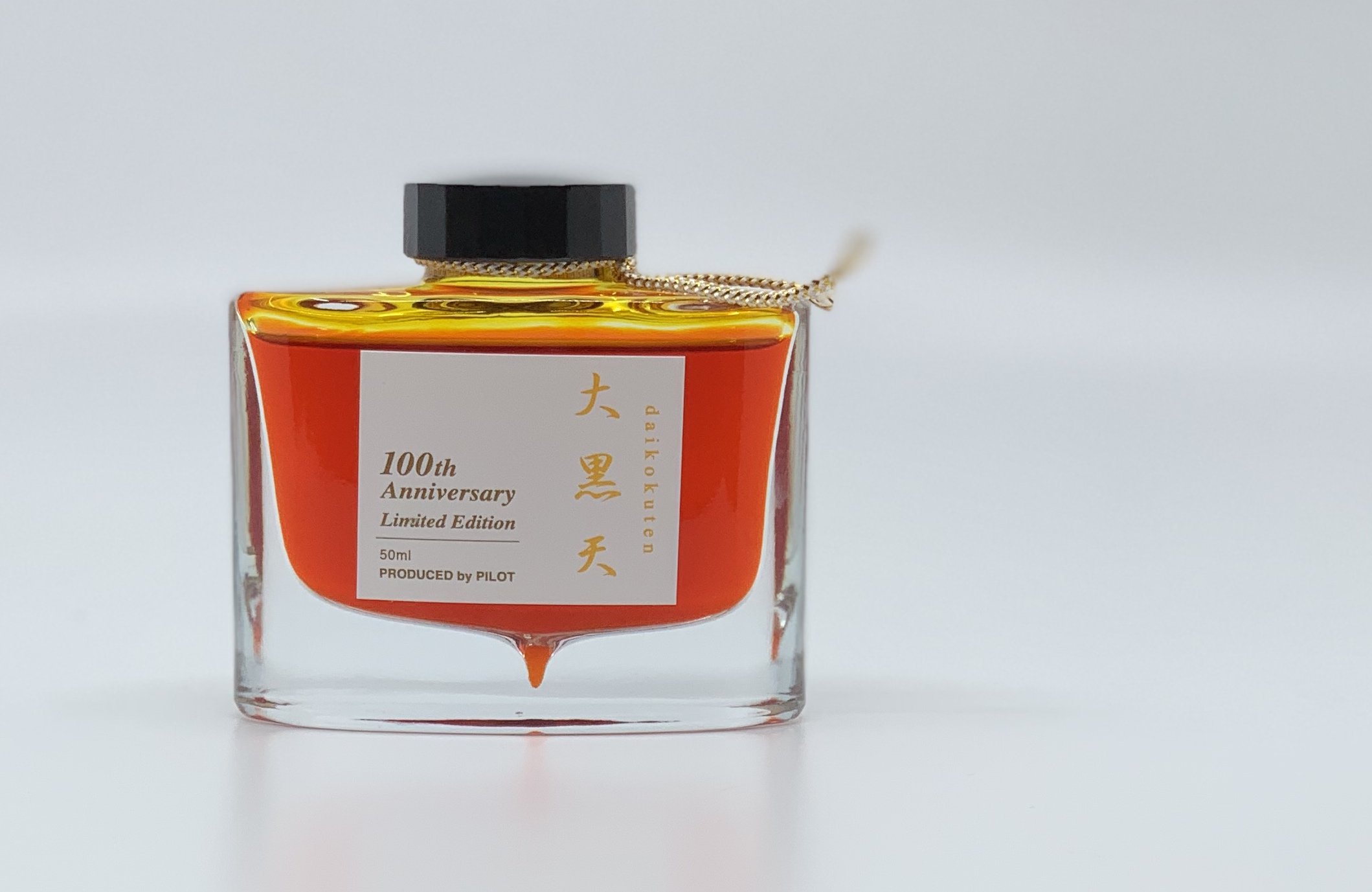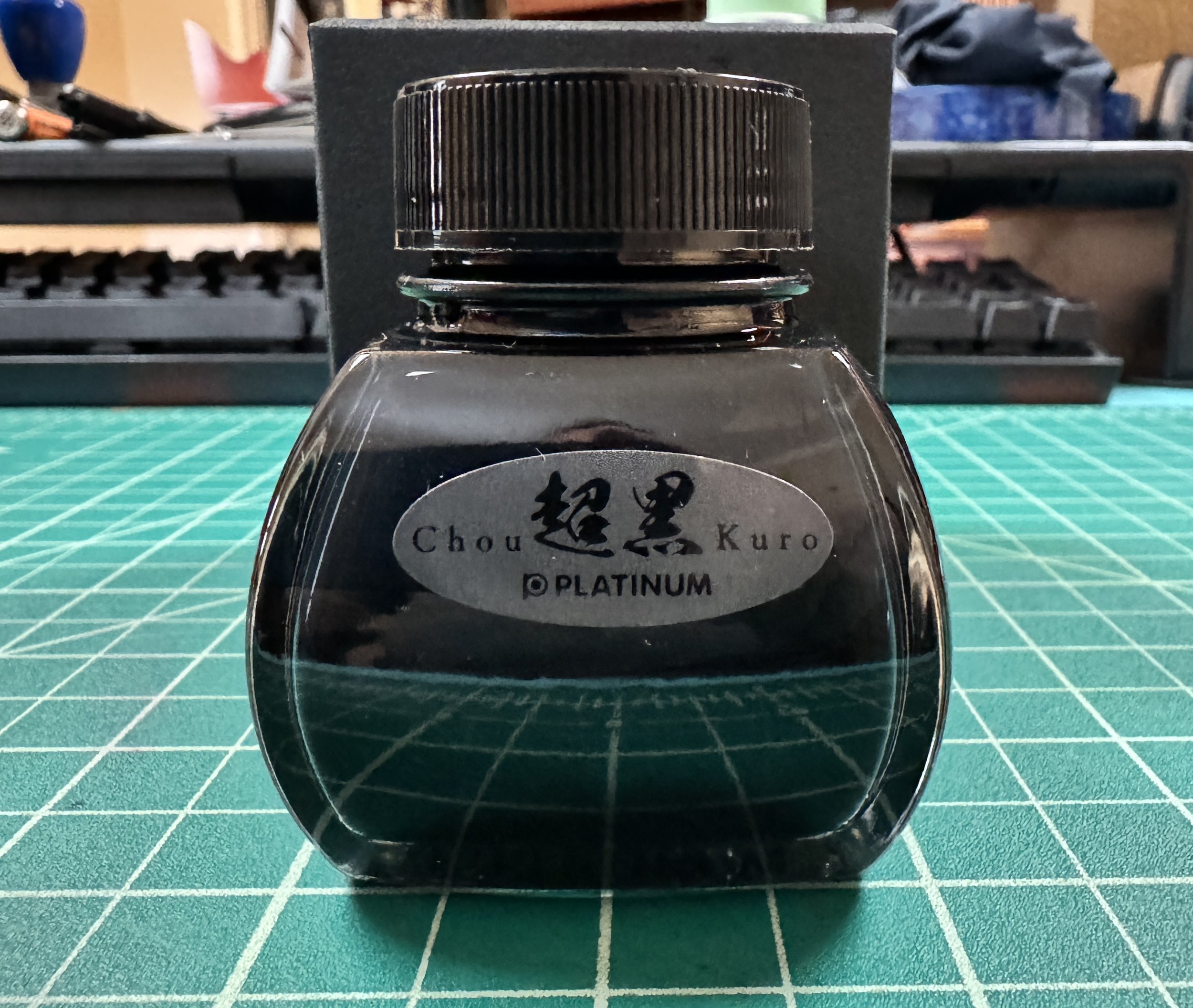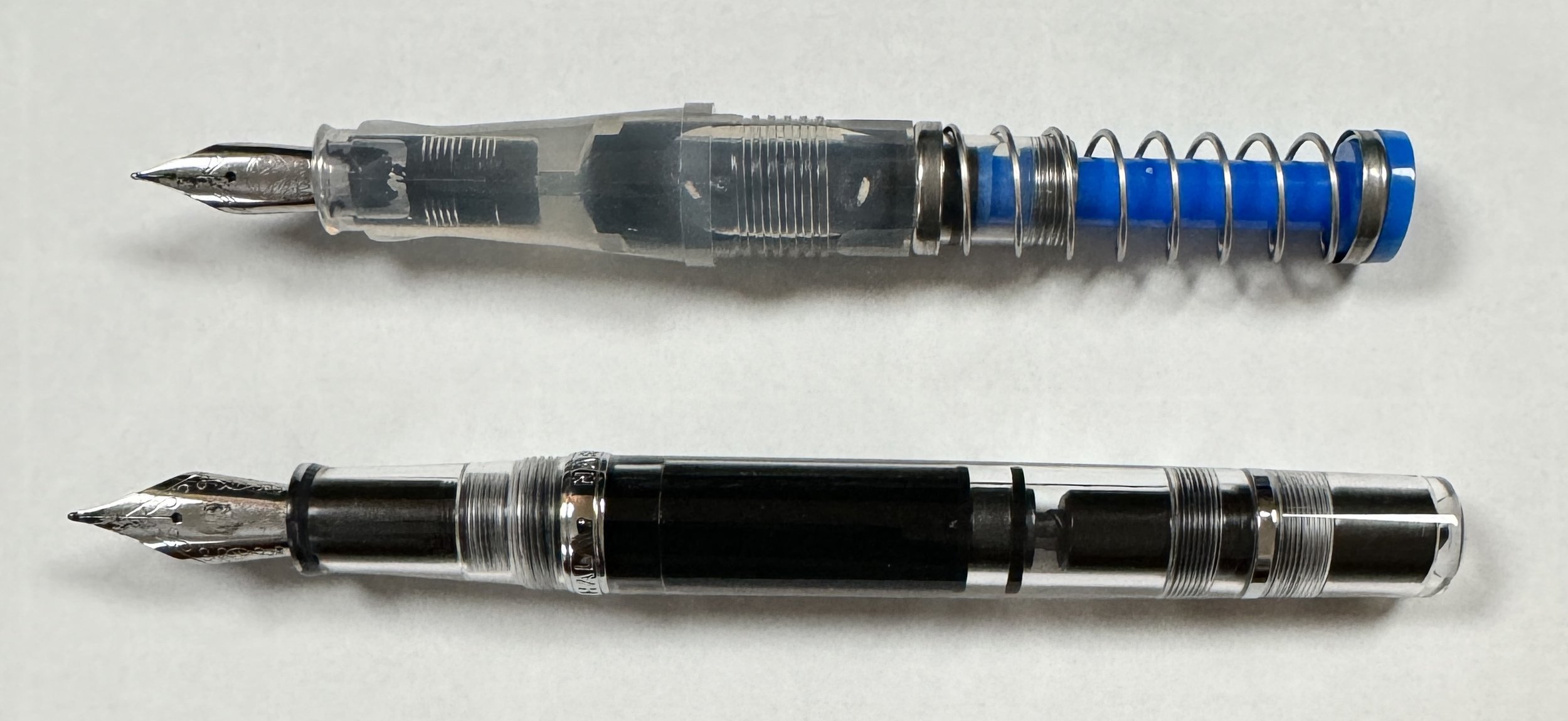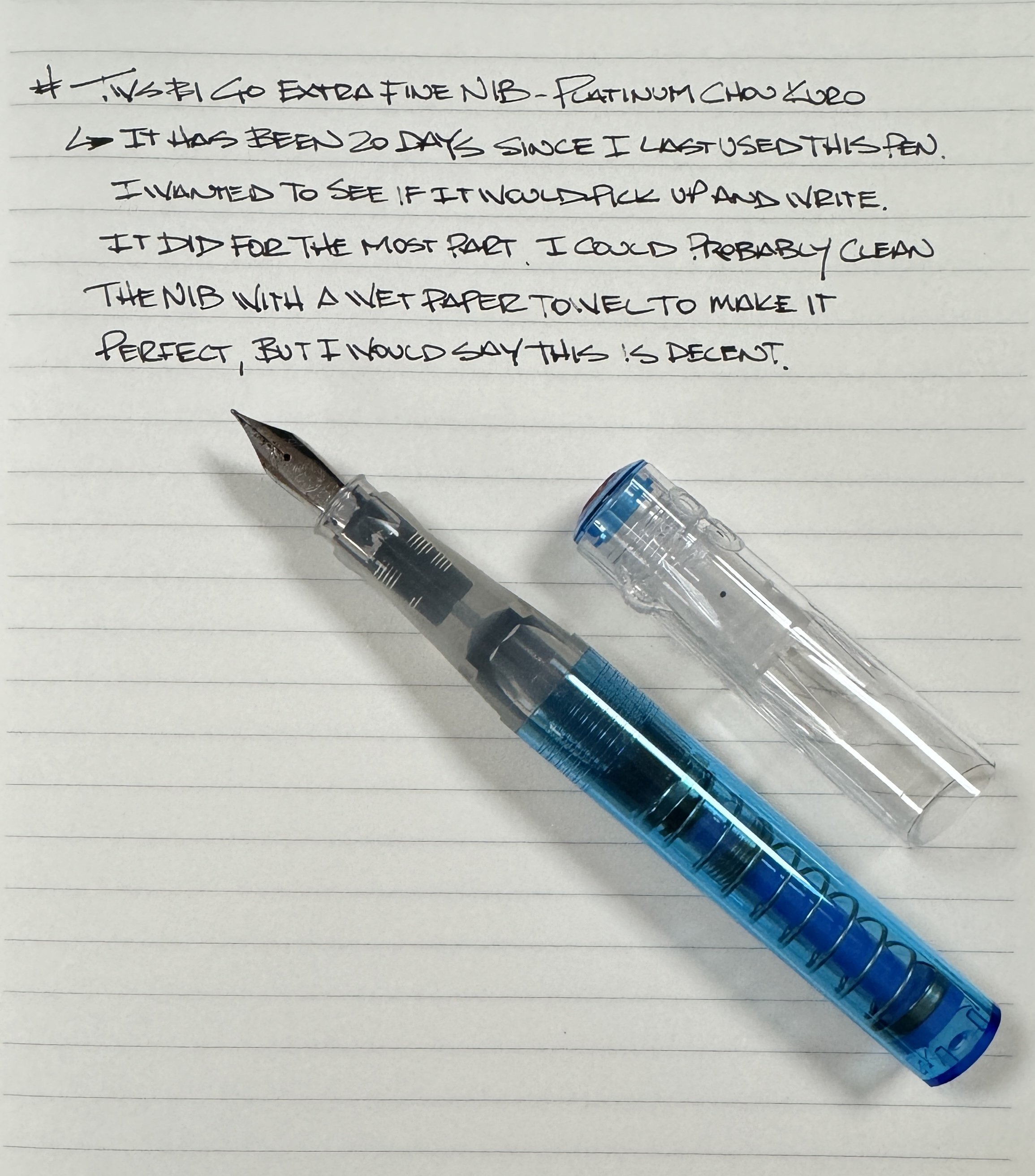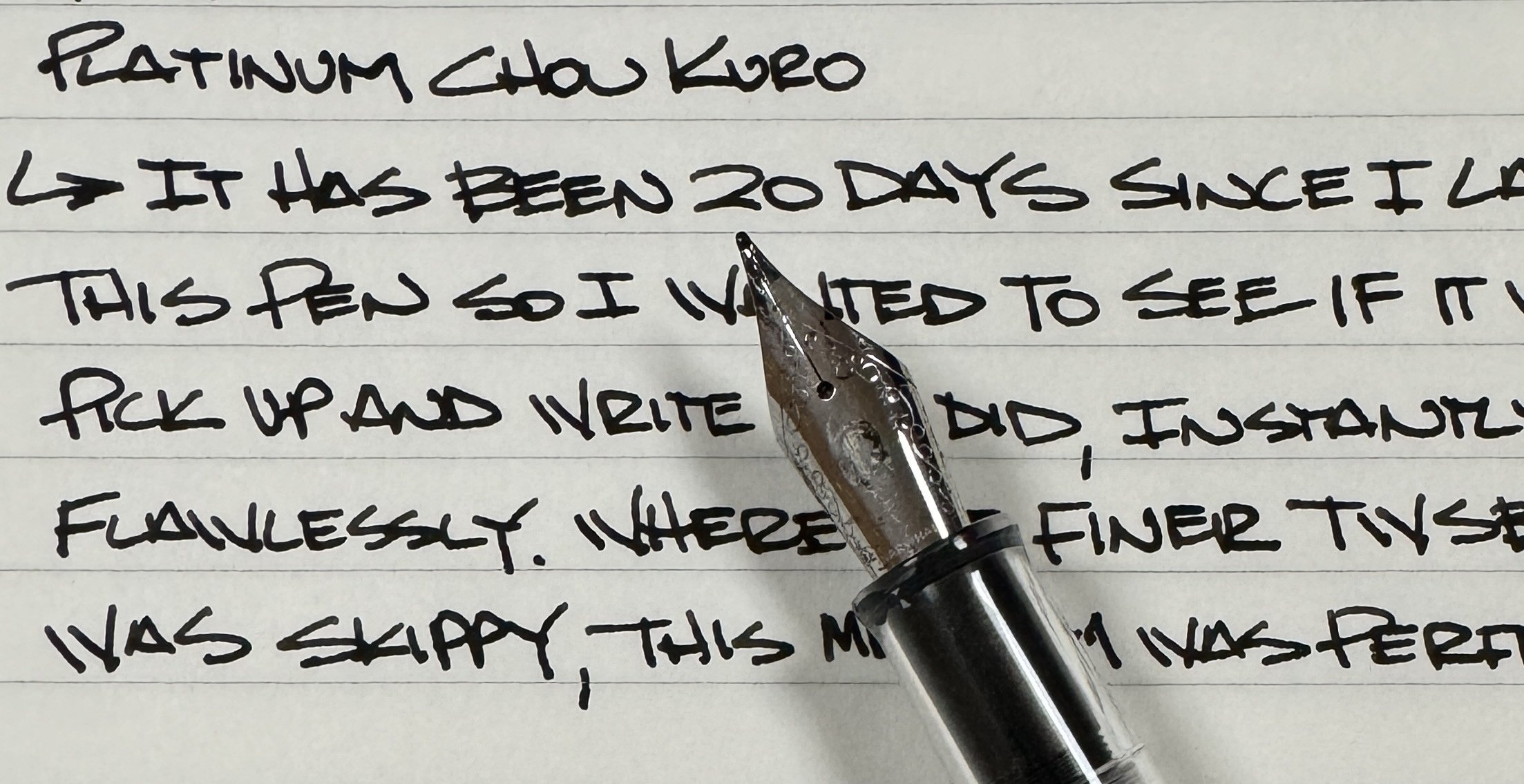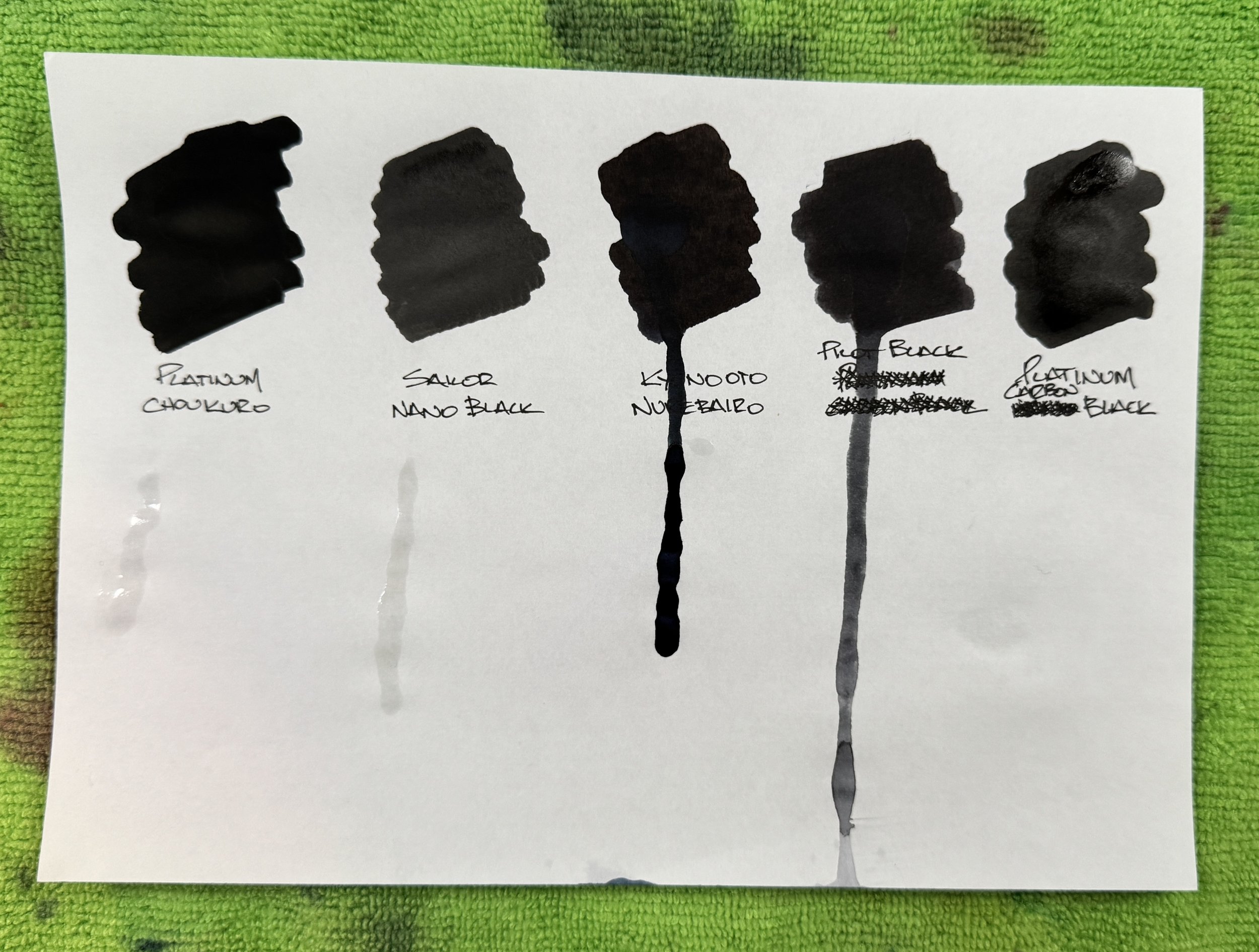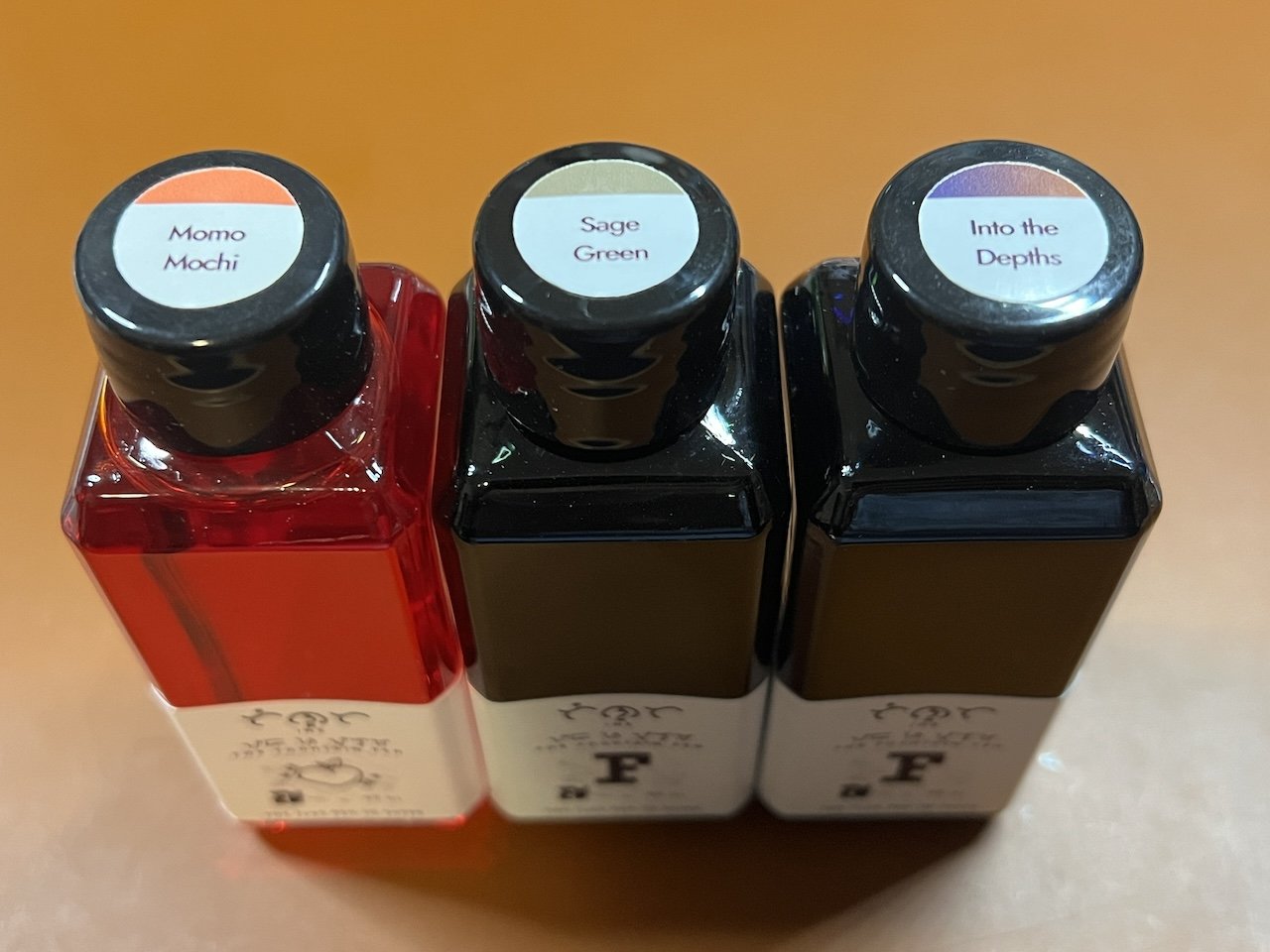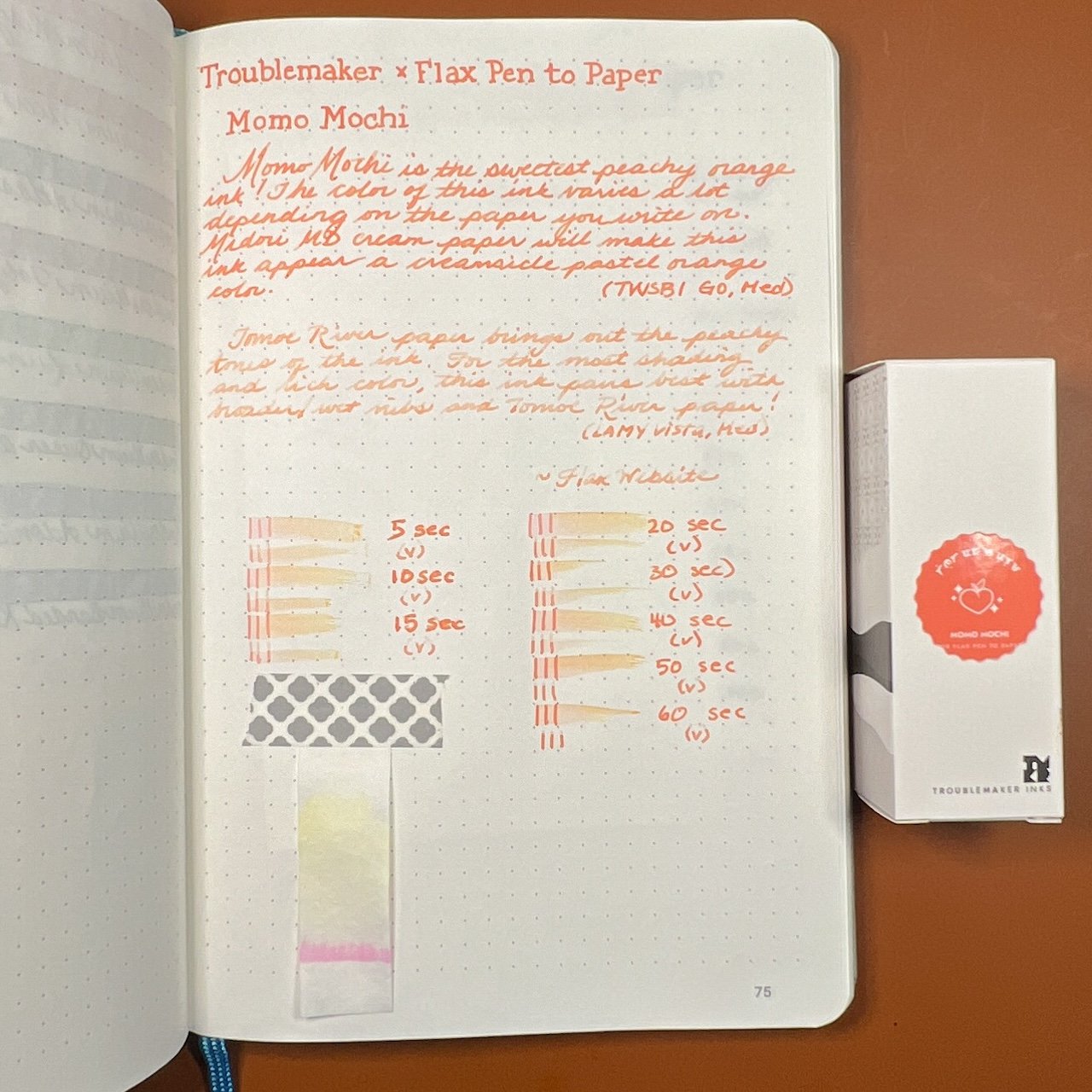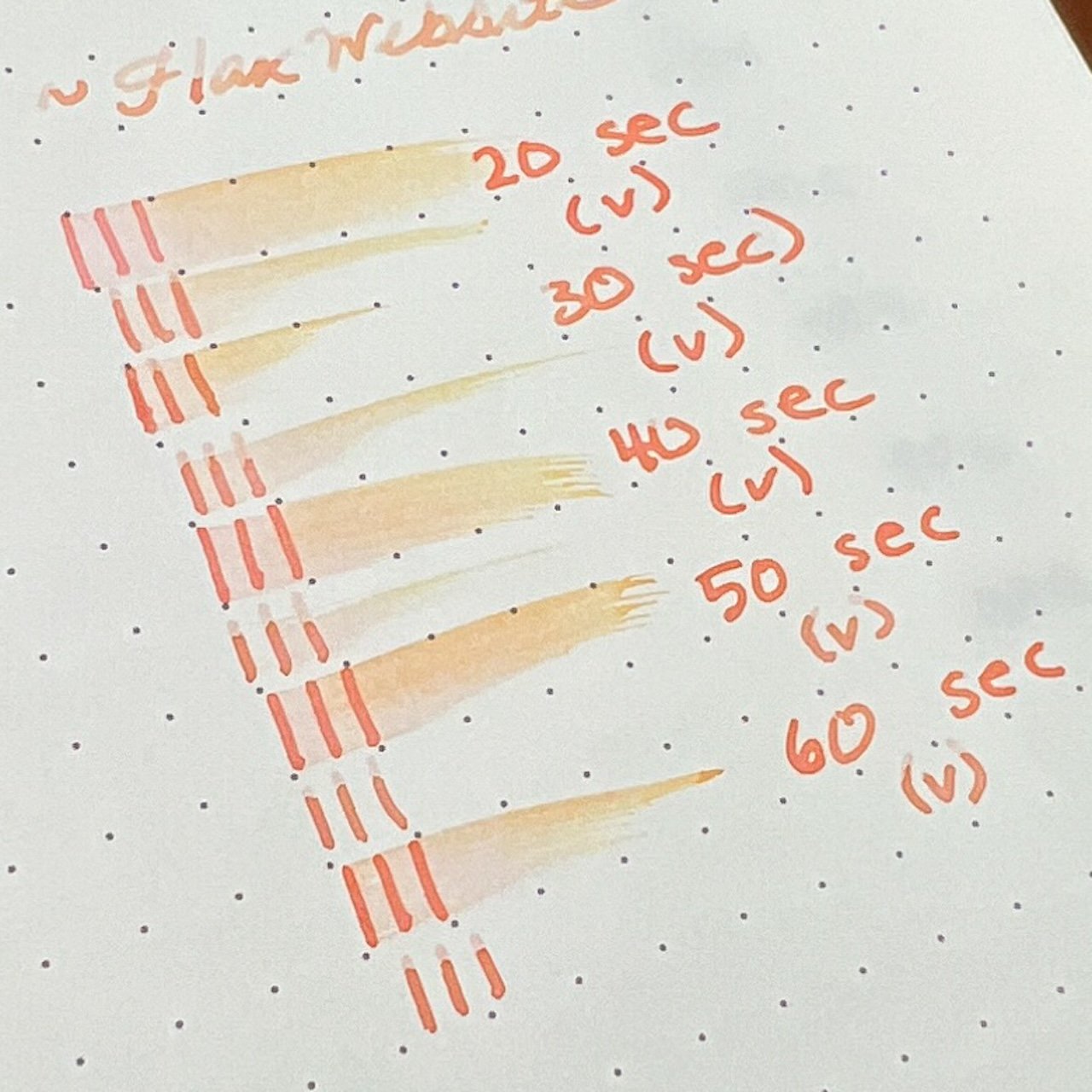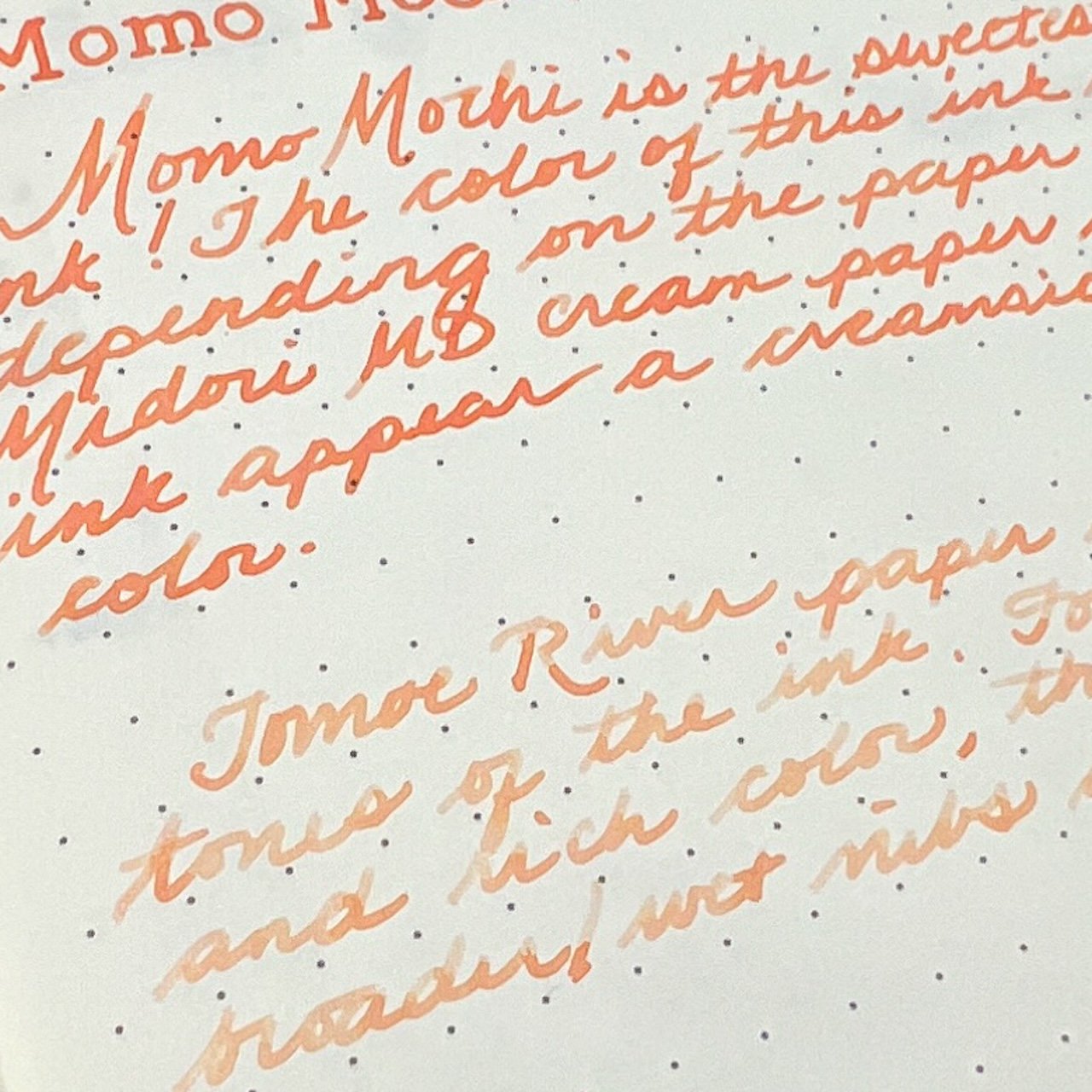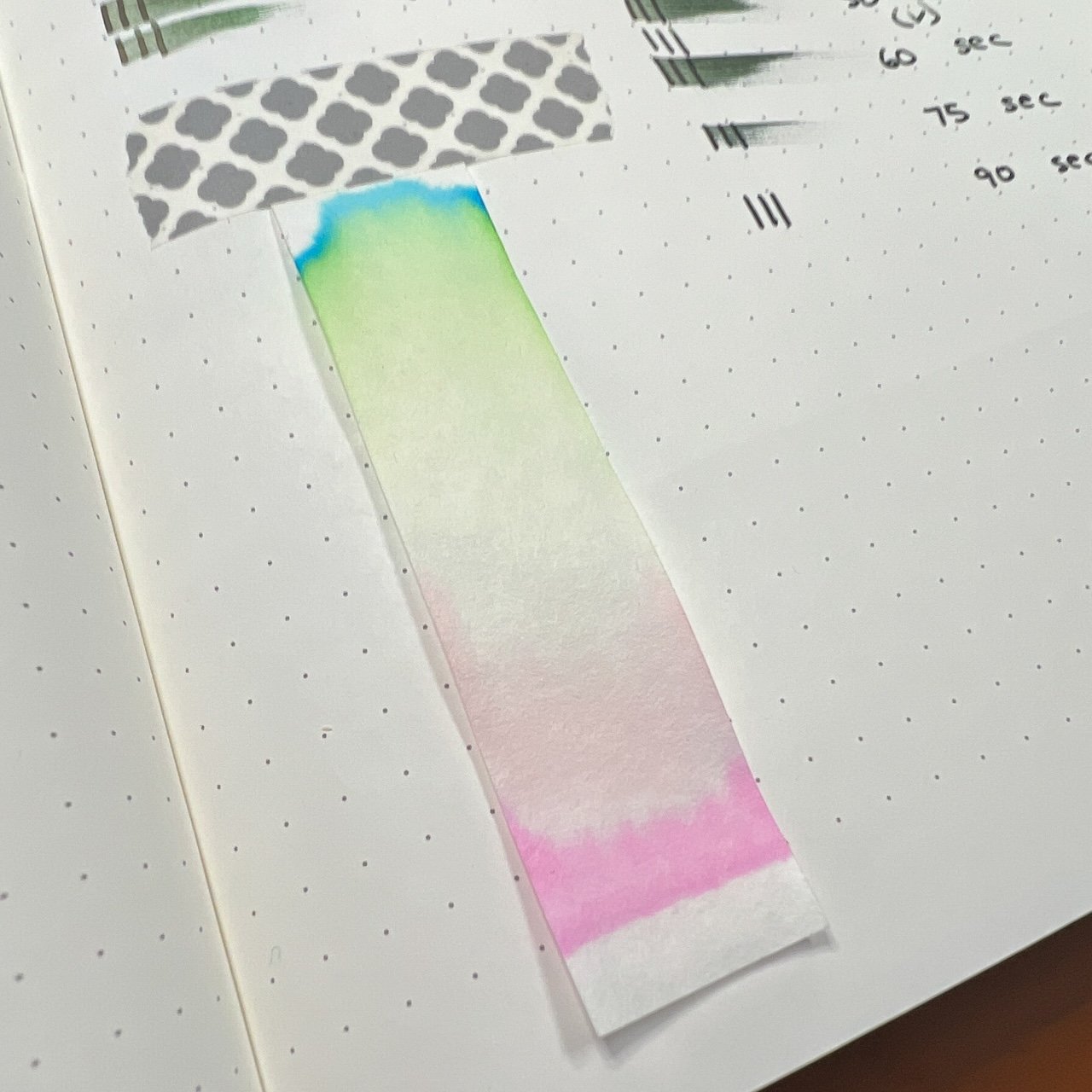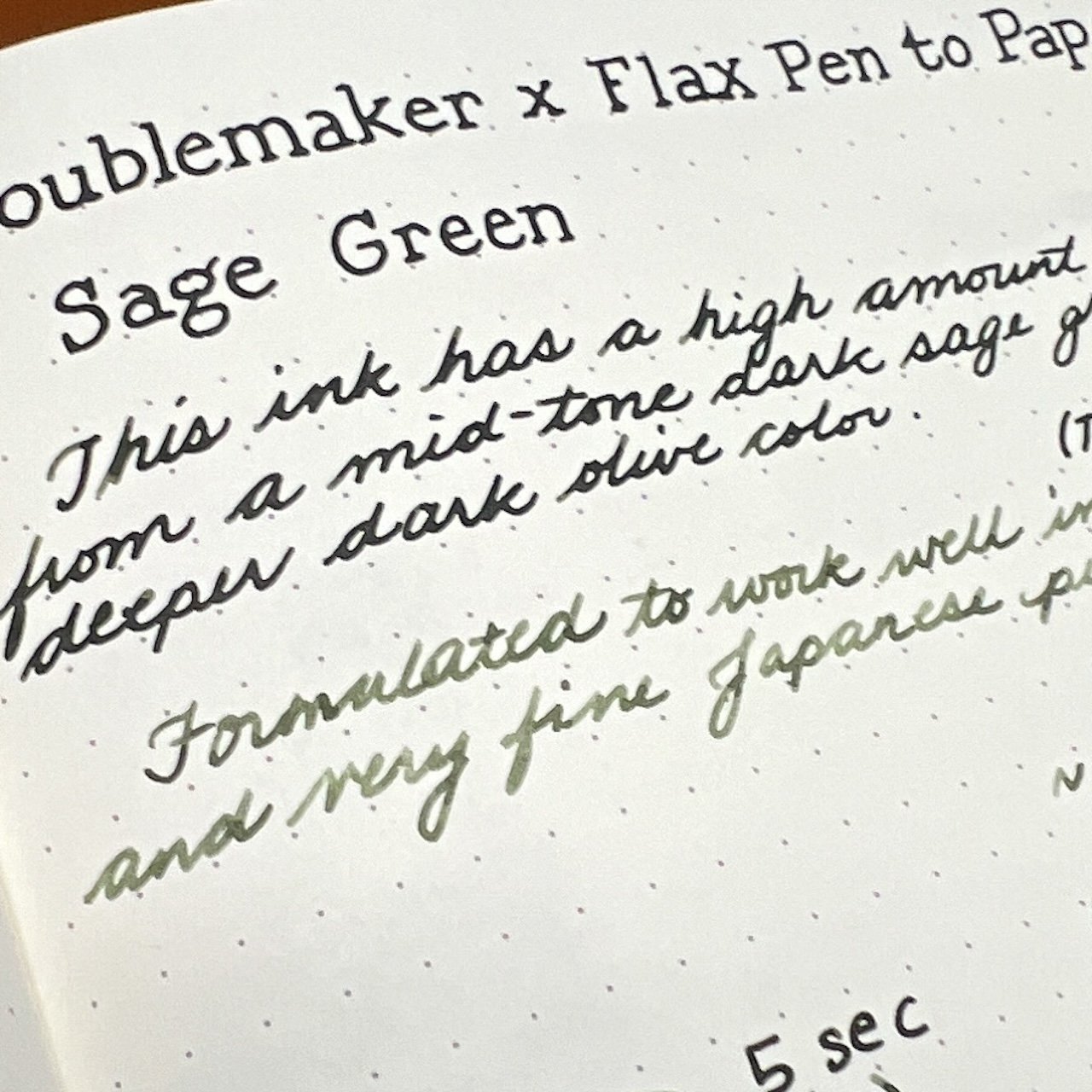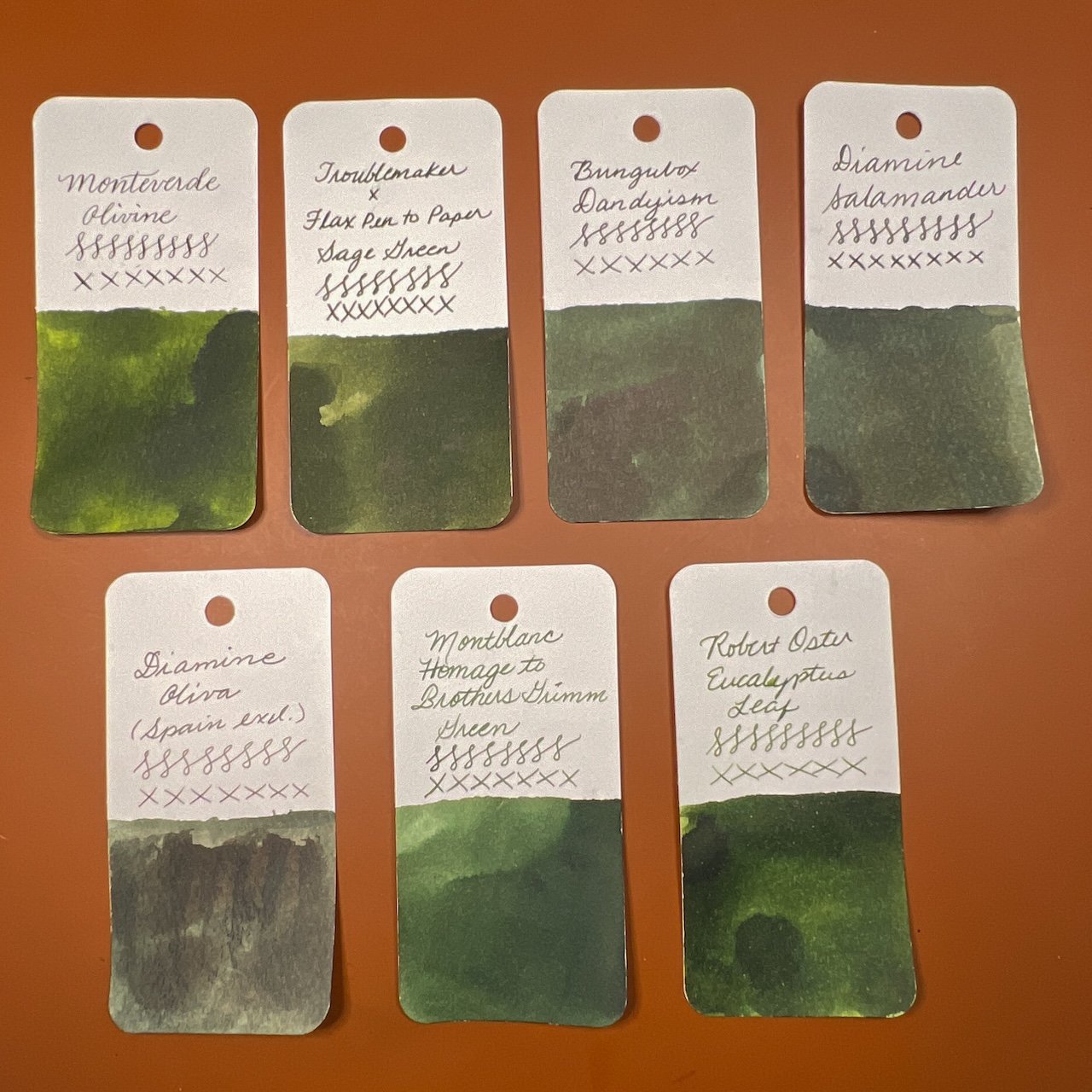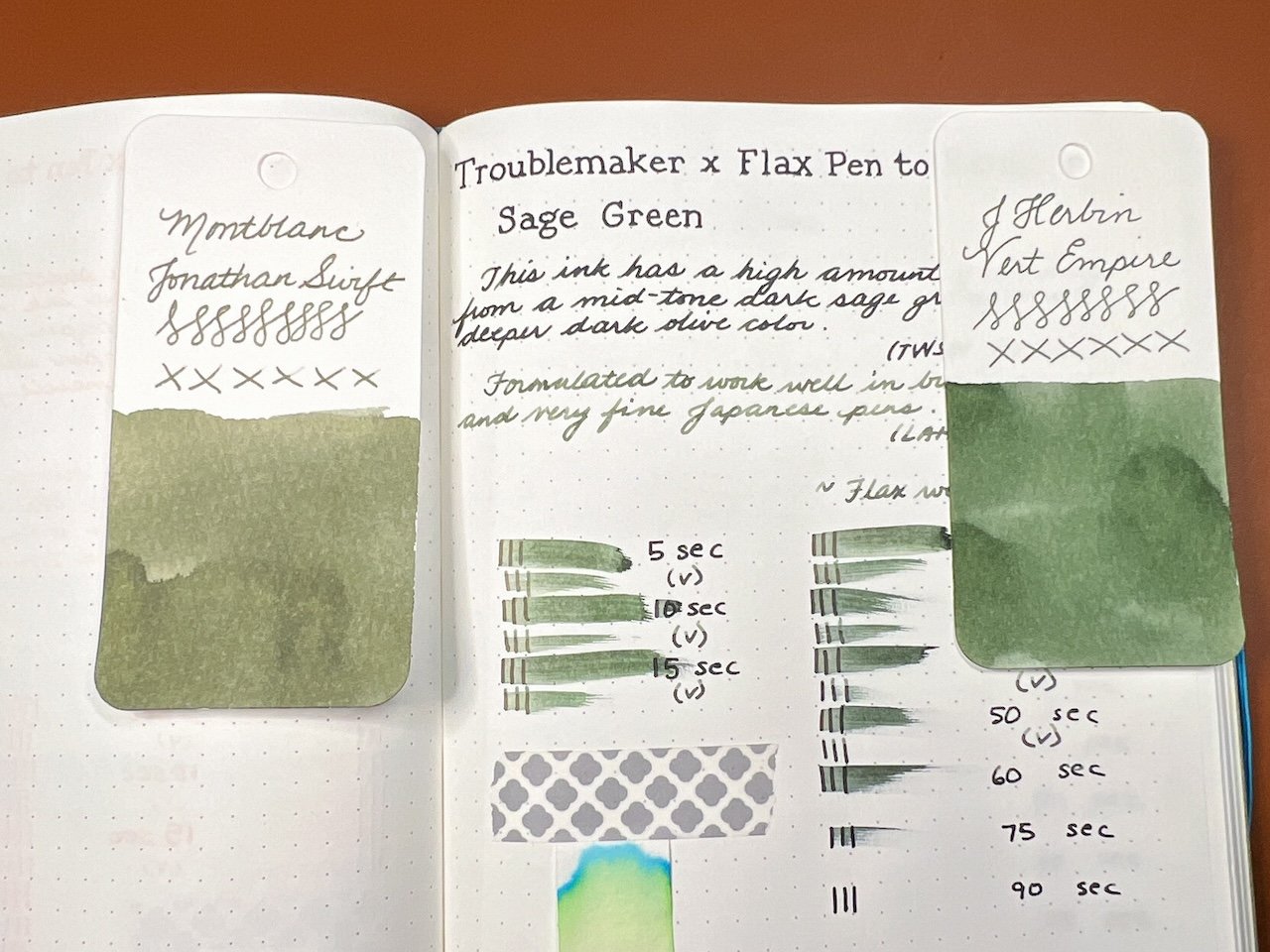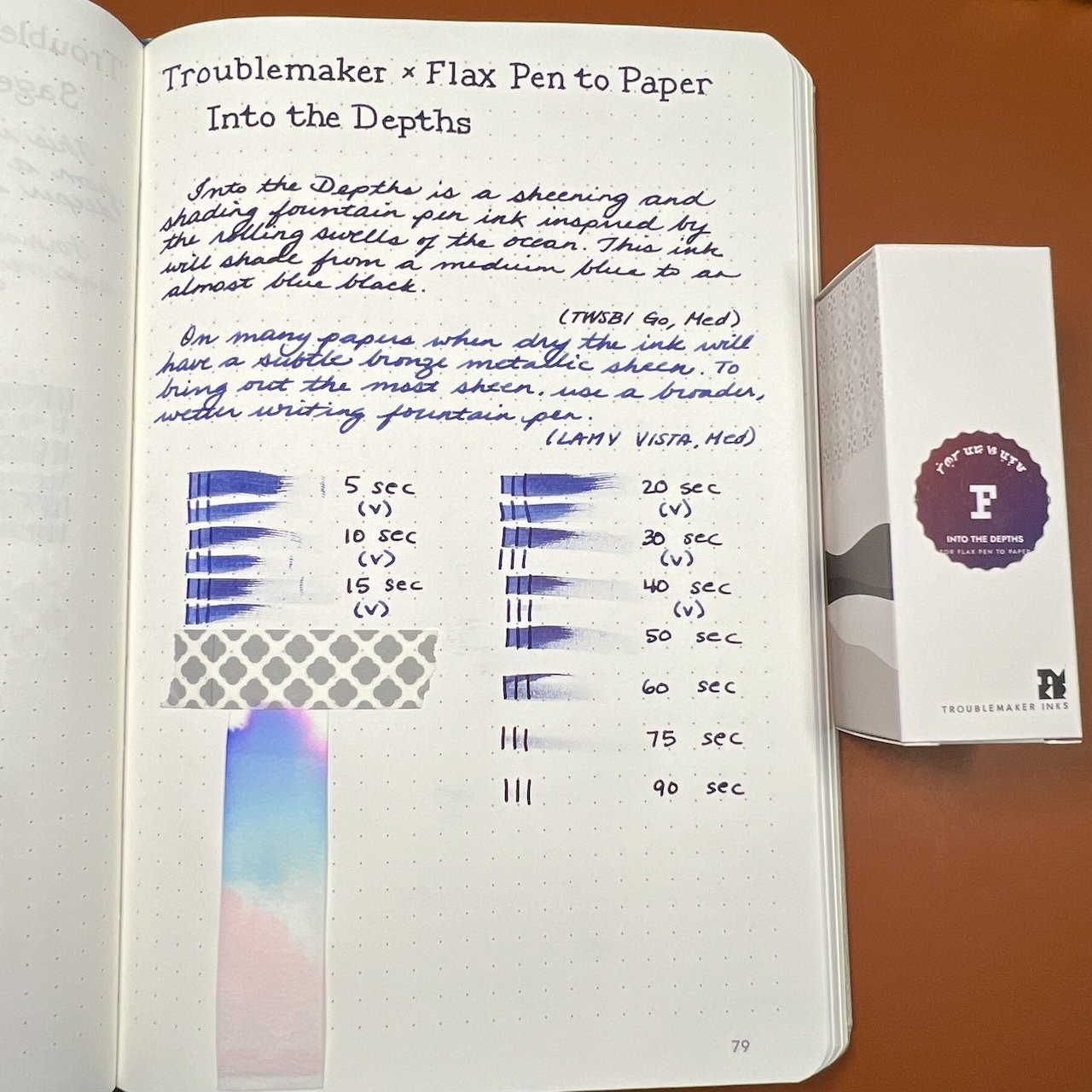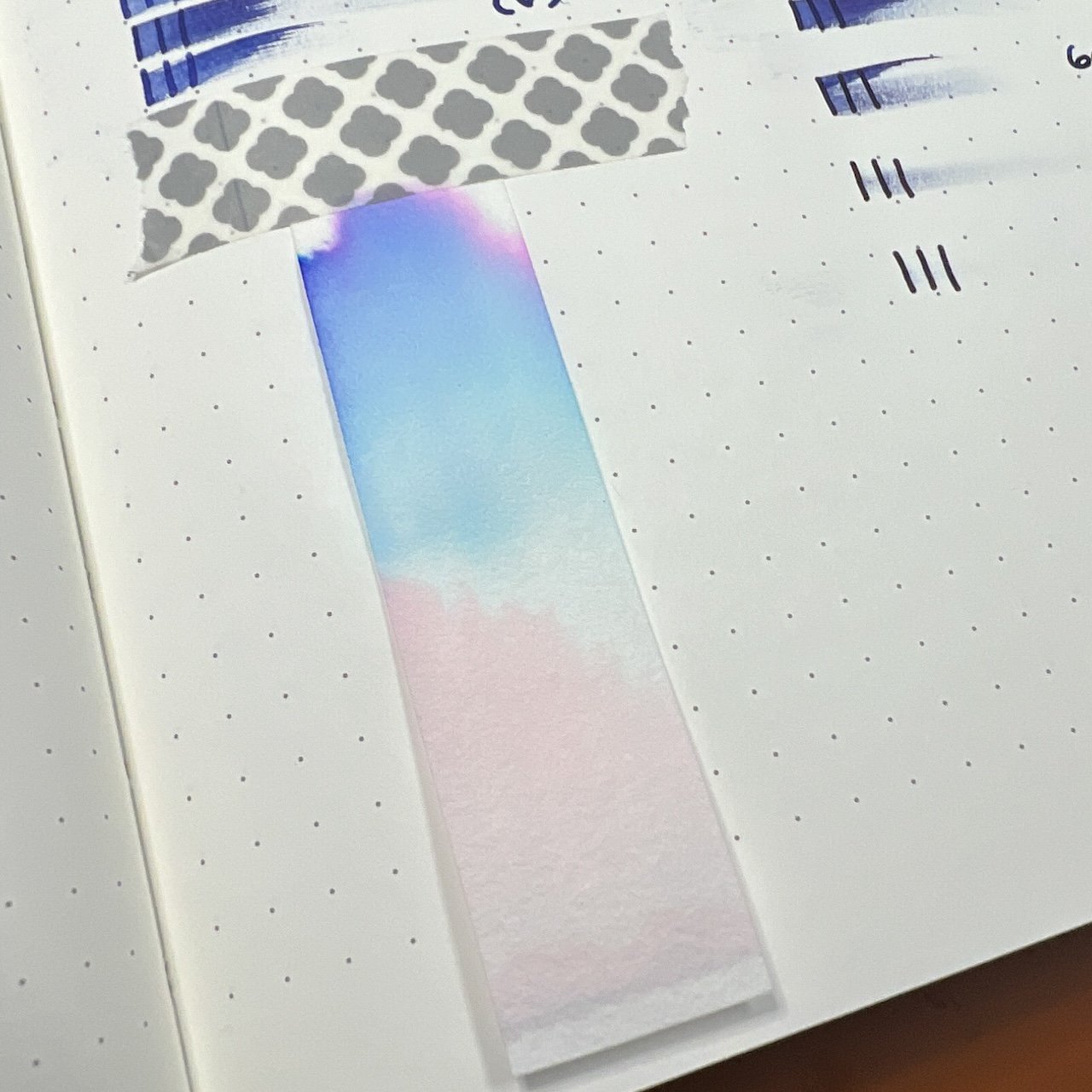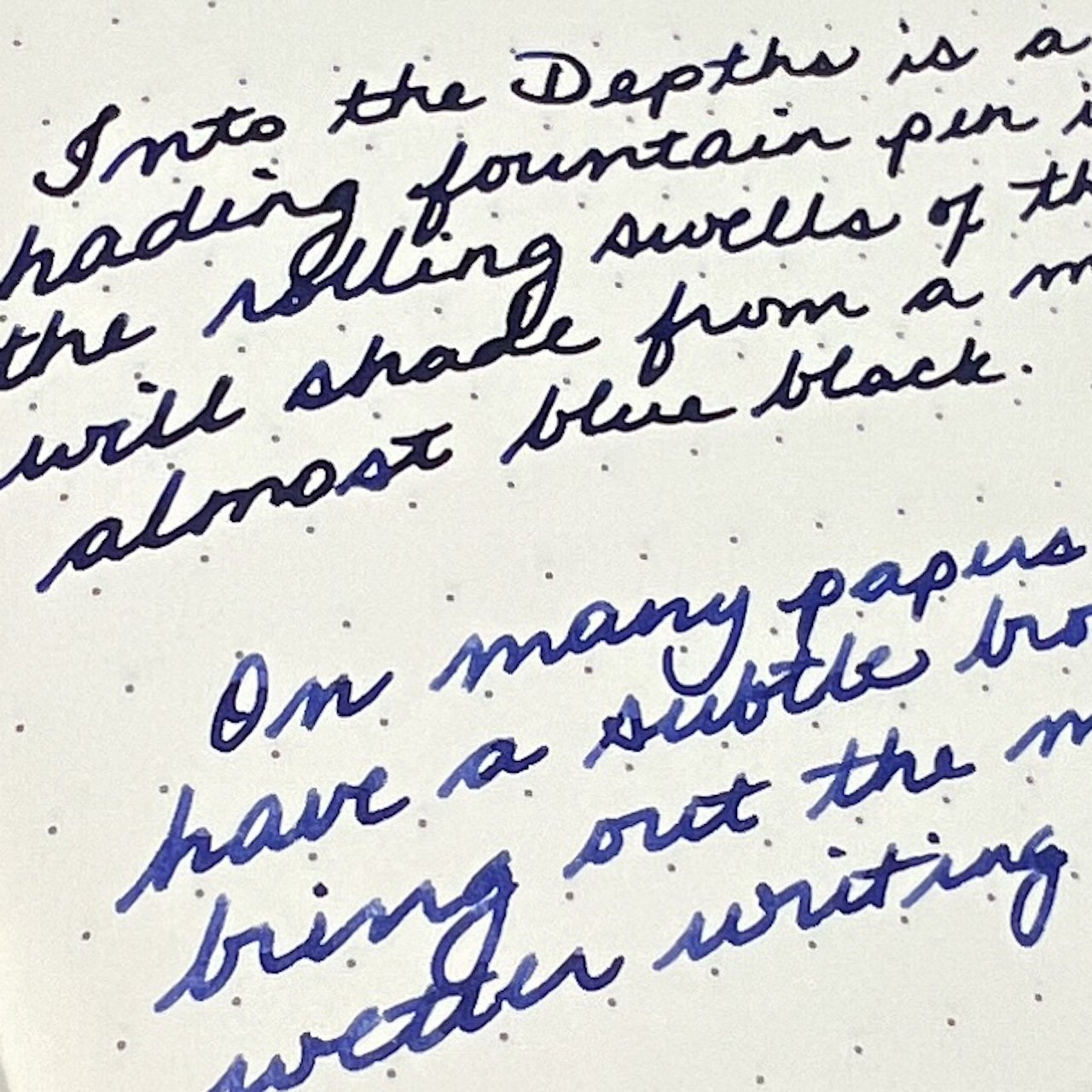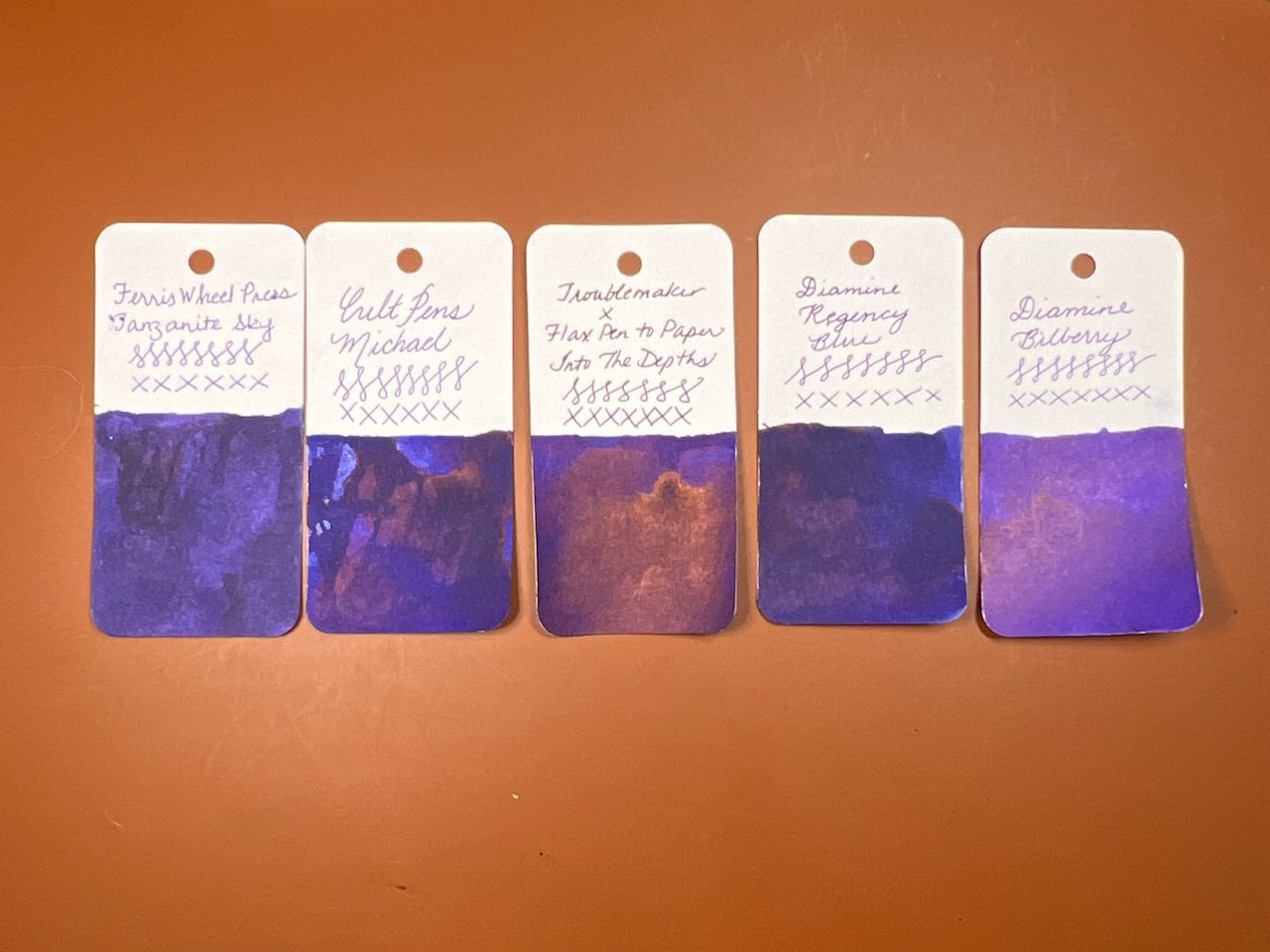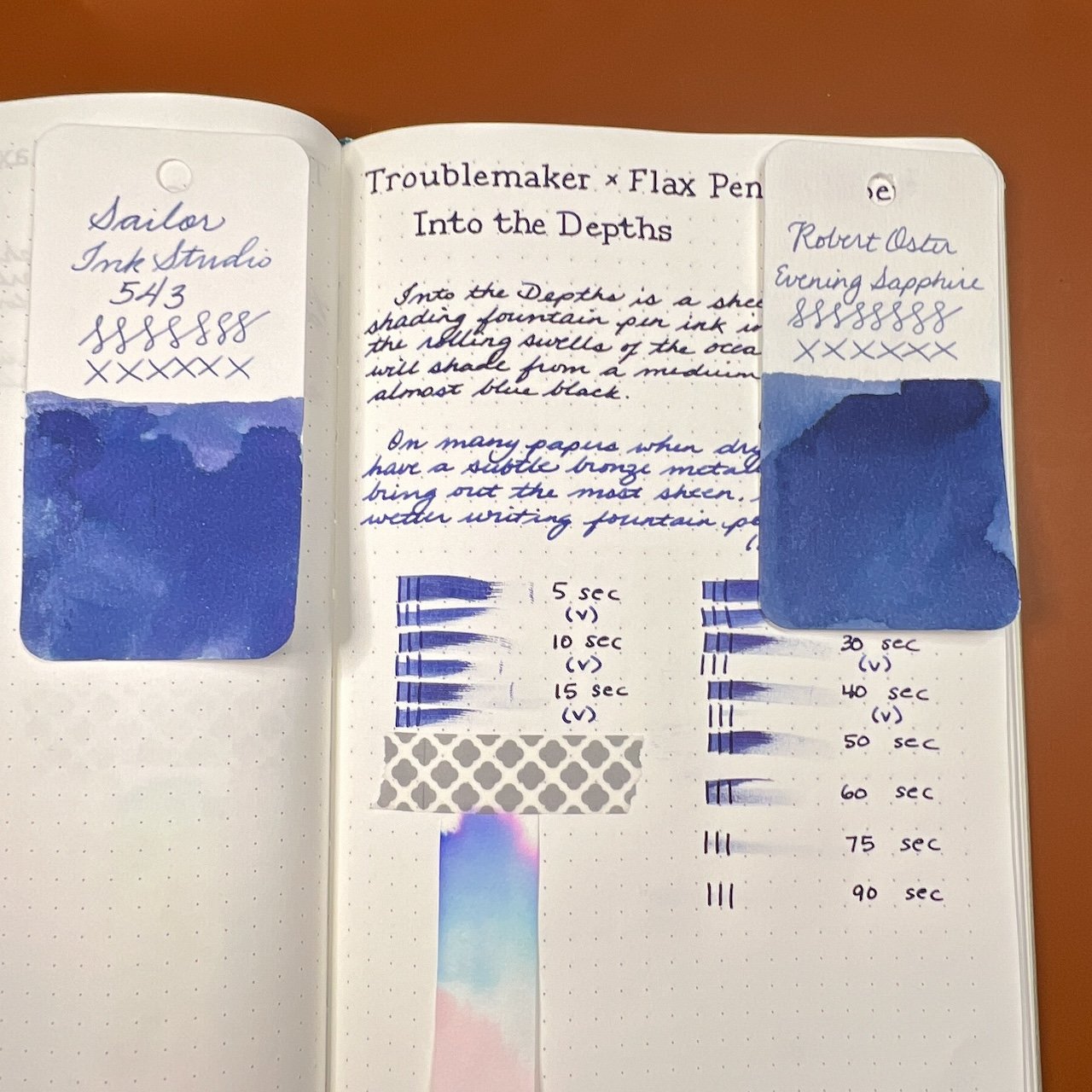Community member Dr. Nicole Sharp put together a survey to collect data around the perceptions of wetness and dryness as it relates to fountain pen inks. A note from Dr. Sharp in the Pen Addict Slack is below:
“As many of you know, I study the physics of fluids, and I've teamed up with a rheologist to look at the characteristics of different fountain pen inks. We'd like to correlate our scientific findings with how people perceive different inks, and, to that end, we've created this survey. We're asking you to rank the listed inks on a scale of 1 (extremely dry) to 10 (extremely wet) based on your own experience. If you've only used one of the inks, that's fine, just rank that one. Used a bunch of them? Awesome, rank them all!
The more FP users we can get info from, the better we can correlate our rheological results with the subjective ones, so please share the link and encourage your pen friends to participate.”
Please click here to go to the survey and add in any data you have. I look forward to the results!

